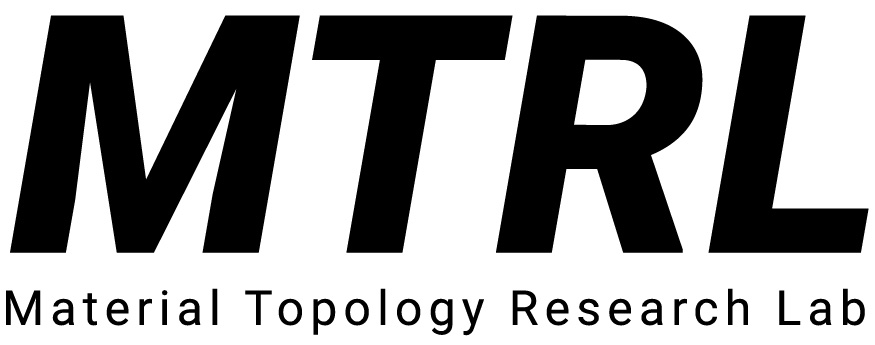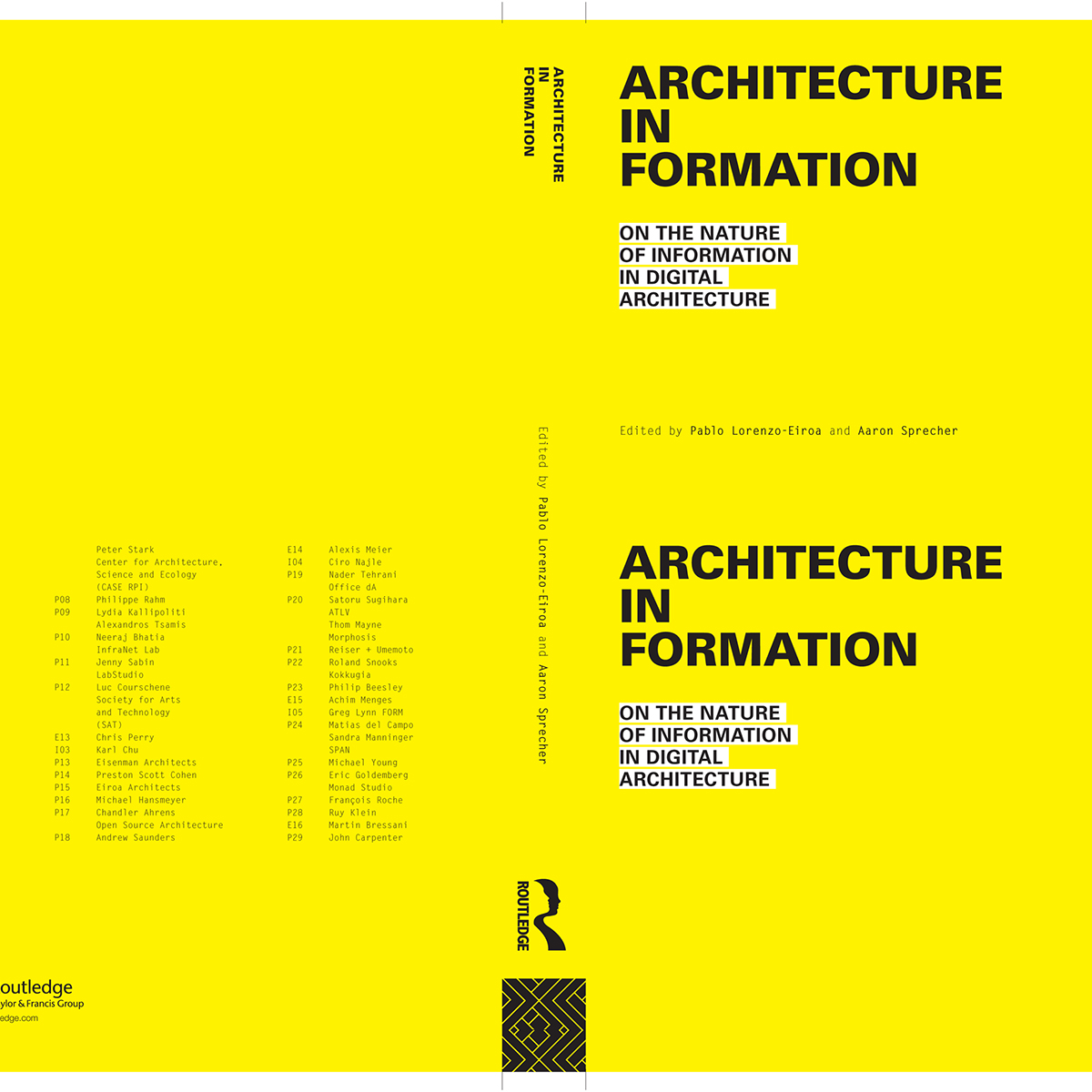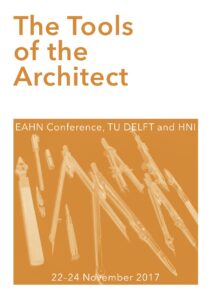Architecture in Formation is the first digital architecture manual that bridges multiple relationships between theory and practice, proposing a vital resource to structure the upcoming second digital revolution. Sixteen essays from practitioners, historians and theorists look at how information processing informs and is informed by architecture. Twenty-nine experimental projects propose radical means to inform the new upcoming digital architecture.
Featuring essays by: Pablo Lorenzo-Eiroa, Aaron Sprecher, Georges Teyssot, Mario Carpo, Patrik Schumacher, Bernard Cache, Mark Linder, David Theodore, Evan Douglis, Ingeborg Rocker and Christian Lange, Antoine Picon, Michael Wen-Sen Su, Chris Perry, Alexis Meier, Achim Menges and Martin Bressani.
Interviews with: George Legendre, Alessandra Ponte, Karl Chu, CiroNajle, and Greg Lynn.
Projects by: Diller Scofidio and Renfro; Mark Burry; Yehuda Kalay; Omar Khan; Jason Kelly Johnson, Future Cities Lab; Alejandro Zaera-Polo and Maider Llaguno Munitxa; Anna Dyson / Bess Krietemeyer, Peter Stark, Center for Architecture, Science and Ecology (CASE); Philippe Rahm; Lydia Kallipoliti and Alexandros Tsamis; Neeraj Bhatia, Infranet Lab; Jenny Sabin, Lab Studio; Luc Courschene, Society for Arts and Technology (SAT); Eisenman Architects; Preston Scott Cohen; Eiroa Architects; Michael Hansmeyer; Open Source Architecture; Andrew Saunders; Nader Tehrani, Office dA; Satoru Sugihara, ATLV and Thom Mayne, Morphosis; Reiser and Umemoto; Roland Snooks, Kokkugia; Philip Beesley; Matias del Campo and Sandra Manninger SPAN; Michael Young; Eric Goldemberg, Monad Studio; Francois Roche; Ruy Klein; Chandler Ahrens and John Carpenter.
Editors:Pablo Lorenzo-Eiroa | Aaron Sprecher




 In his acclaimed work, On the Mode of Existence of Technical Objects (1958), the French philosopher Gilbert Simondon considers automation to be a low degree of technical perfection, a mode of operation which sacrifices potential uses due to its control by economic or social vectors. He suggests an alternative: relating to the margin of indetermination inherent in the machine in order to increase its sensitivity to outside information. Sensitivity of machines to information, rather than an increase in automation enables technical ensembles to reflect a new relation between human, object and tool. What matters here is that introducing indeterminism in a technological context contradicts some discourses regarding automation that are prevalent in architecture today, for instance, notions of optimization and performance as mathematically deterministic processes that feature prominently in the field of digital architecture.
In his acclaimed work, On the Mode of Existence of Technical Objects (1958), the French philosopher Gilbert Simondon considers automation to be a low degree of technical perfection, a mode of operation which sacrifices potential uses due to its control by economic or social vectors. He suggests an alternative: relating to the margin of indetermination inherent in the machine in order to increase its sensitivity to outside information. Sensitivity of machines to information, rather than an increase in automation enables technical ensembles to reflect a new relation between human, object and tool. What matters here is that introducing indeterminism in a technological context contradicts some discourses regarding automation that are prevalent in architecture today, for instance, notions of optimization and performance as mathematically deterministic processes that feature prominently in the field of digital architecture.